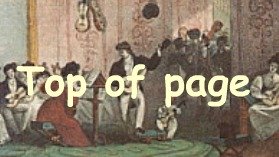The Vihuela
Early History of the Vihuela
There are two different guitar-like string instruments for whom the name vihuela is used : the 19th century Mexican vihuela which has 5 strings and is typically played with Mariachi bands; and the instrument relevant to this article, the 15th and 16th century Spanish instrument that usually featured 12 paired strings.
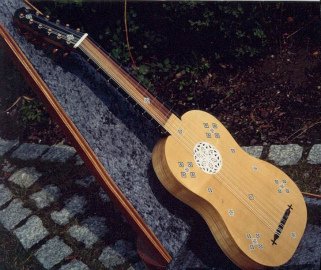 A popular plucked instrument in the Renaissance was the lute, however the Spanish objected to this instrument, keeping in mind Arabic incursion on the Iberian peninsula, as it was too similar to the Arabic oud. The vihuela, essentially a flat-backed lute, evolved in the mid-15th century Kingdom of Aragon and was in common use in Spain and Italy by the late 15th through to the late 16th centuries. The viol developed from the vihuela when players in the second half of the 15th century began using a bow instead of plucking.
A popular plucked instrument in the Renaissance was the lute, however the Spanish objected to this instrument, keeping in mind Arabic incursion on the Iberian peninsula, as it was too similar to the Arabic oud. The vihuela, essentially a flat-backed lute, evolved in the mid-15th century Kingdom of Aragon and was in common use in Spain and Italy by the late 15th through to the late 16th centuries. The viol developed from the vihuela when players in the second half of the 15th century began using a bow instead of plucking.
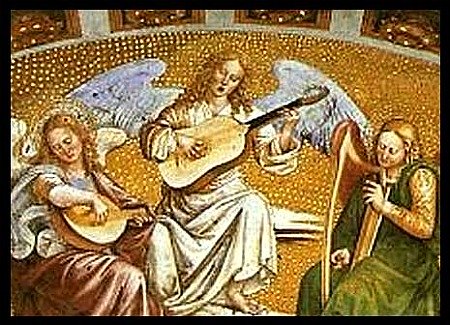
featuring a vihuela played by the character in the centre
- There were several different types of vihuela (or different playing methods at least):
- Vihuela de mano — 6 or 5 courses played with the fingers
- Vihuela de penola — played with a plectrum
- Vihuela de arco — played with a bow (ancestor of the viola da gamba)
- Tunings for the six course vihuela de mano (44344):
- G C F A D G
- C F Bb D G C
performed by
Carlos Gass
Vihuela in the 1600s
By the 1600s the vihuela and it's complex polyphonic music had faded away, suffering the fate of another Spanish Renaissance instrument, the cross-strung harp. The violas campaniça of Portugal is an instrument that is descended from the vihuela, and the tiple descended from vihuelas imported into the Americas. The vihuela's role and function in music was substituted by the Baroque guitar. In the modern era vihuelas are primarily used in the performance of early music by artists such as Juan Carlos Rivera, Juan Carlos de Mulder and Eligio Luis Quinteiro. Vihuelas appeared in a variety
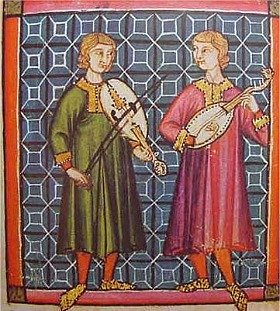
with a bow, thus creating the vihuela de arco and
beginning the development of the viol
La Capilla performed
by
Gaspar Ruiz Cardona
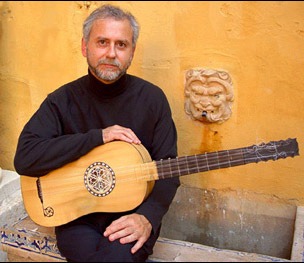
performance of early music by performers
such as Juan Carlos Rivera
- Los seys libros del Delphin by Luis de Narváez (1538)
- Tres Libros de Música by Alonso Mudarra (1546)
- Silva de sirenas by Enríquez de Valderrábano (1547)
- Libro de música de Vihuela by Diego Pisador (1552)
- Orphénica Lyra by Miguel de Fuenllana (1554)
- El Parnasso by Estevan Daça (1576)
Surviving Instruments
- the well-known example in the Musée Jacquemart-Andrée, the 'Guadalupe' vihuela
- the recently rediscovered 'Chambure' instrument in the Cité de la Musique (both of the above in Paris)
- an instrument in the Iglesia de la Compañia de Jesús de Quito, in Quito, Ecuador
Other Instruments :
|
|
Enríquez de Valderrábano's Diviensela |
Diego Pisador's Pavana |
Miguel de Fuenllana's Perdida |
Esteban Daça's Spanish Song |
Benedictus (des Prez)'s Fuenllana |
Dalza's Calata Ala Spagnola |
